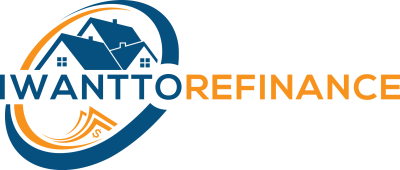Key Takeaways:
-
Student loans are accessible through government programs and private lenders.
-
They enable students to afford higher education and potentially increase their future earnings.
-
A lack of proper planning for loan repayment can lead to financial difficulties.
Table of Contents:
1. Overview of Student Loans
2. Federal Student Loans
3. Private Student Loans
4. Applying for Student Loans
5. Determining Borrowing Limits
6. Ideal Candidates for Student Loans
7. Managing Student Loan Repayment
8. Exploring Student Loan Refinancing
9. Exploring Student Loan Forgiveness
10. Factors to Consider Before Applying for Student Loans
Introduction:
The cost of attending college or university continues to rise, necessitating financial aid for many students and their families. While scholarships and grants may not cover all expenses, student loans become an option to bridge the financial gap.
This article provides insights into the workings of student loans, including federal and private options, the application process, repayment strategies, refinancing possibilities, and loan forgiveness programs.
1. Overview of Student Loans:
Student loans serve as financial assistance for higher education expenses and must be repaid with interest. These loans can be obtained either through federal government programs or private institutions.
2. Federal Student Loans:
The U.S. Department of Education offers federal student loans under the William D. Ford Federal Direct Loan Program, which comprises four main types: direct subsidized loans, direct unsubsidized loans, direct PLUS loans, and direct consolidation loans. Federal loans generally offer more favorable interest rates and repayment terms compared to private loans.
3. Private Student Loans:
Private student loans are an alternative source of funding provided by banks, credit unions, schools, and other private lenders. These loans often require a credit check and typically come with higher interest rates and varied terms and conditions. It is advisable to exhaust federal loan options before considering private loans.
4. Applying for Student Loans:
To apply for student loans, the initial step is completing the Free Application for Federal Student Aid (FAFSA) form, available at www.studentaid.gov. Private student loans can be applied for directly through lenders, banks, schools, or private organizations.
5. Determining Borrowing Limits:
The maximum amount a student can borrow in federal student loans is determined by factors such as undergraduate or graduate status and financial need. Borrowing limits vary depending on the specific loan type and academic year.
6. Ideal Candidates for Student Loans:
Students who cannot afford the upfront cost of college can be good candidates for student loans. However, it is crucial to minimize overall costs and have a clear career plan that will enable timely loan repayment.
7. Managing Student Loan Repayment:
Student loan repayment can begin while the student is still in school, during a grace period after graduation, or after the grace period ends. Repayment periods typically span ten years, with loans assigned to a loan servicer responsible for billing and repayment management. Different repayment plans, such as income-driven options, may be available to borrowers.
8. Exploring Student Loan Refinancing:
Refinancing student loans involves obtaining a new loan, ideally with a lower interest rate, to pay off existing loans. This option can help save money on interest and potentially lower monthly payments. However, it is important to consider the potential impact of extending the loan term on the overall interest paid.
9. Exploring Student Loan Forgiveness:
Student loan forgiveness programs, though limited and subject to specific conditions, offer the opportunity to have a portion of student debt discharged without repayment obligations. Federal programs such as Public Service Loan Forgiveness and Teacher Loan Forgiveness exist, but private student loans are generally not eligible.
10. Factors to Consider Before Applying for Student Loans:
Before committing to student loans, it is essential to thoroughly understand the loan terms, including interest rates and repayment obligations. Consideration should also be given to the potential debt burden and whether future earnings in the chosen field of study will enable timely repayment.
Conclusion:
Understanding how student loans function is vital for students and families considering higher education. By grasping the nuances of federal and private loans, the application process, repayment strategies, refinancing options, and potential loan forgiveness, individuals can make informed decisions regarding their financial futures.

